The 15th of July. Geophysicists are leaving the Baikal but they promise to come back.
Here is the end of the first leg of the expedition. Before the sunrise RV «Vereshchagin» arrived to its home-harbour in the Listvyanka port. In some advance the geophysicists have dismounted their equipment, packed it carefully and prepared to be transported to Irkutsk and Moscow. Right after the breakfast a caravan of boxes and balloons stretched to truck, while geophysicists and electronicians were saying goodbye to the boat, to the crew and to the Baikal.
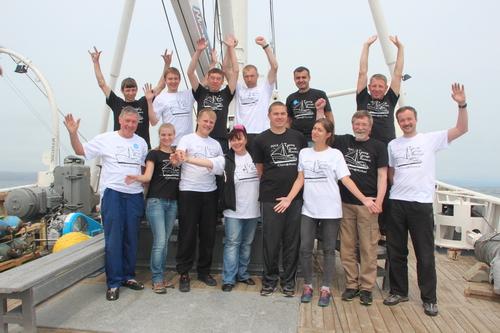
Leaving participants of the geophysical leg have told us about their impressions from the expedition:
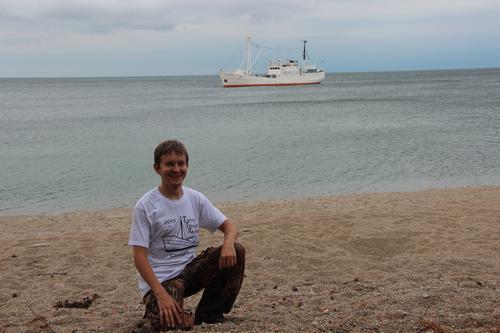
Andrey Besrukin
Our leg is finishing so it is the time to impart the thoughts. There were a lot of interesting events that have not been in previous expeditions. First of all I mean my new colleagues. Every trip unites people, so this one was not an exception. During consolidated floating and work we got useful skills and the moments pleasant to recollect.
By the way it was the first time when I celebrated my birthday on a board. I want to thank everybody for heartfelt congratulations.
The interesting moment of organization was an idea to have daily lectures onboard. It was entertaining to learn about new achievements of the colleagues.
We couldn’t avoid difficulties during the work, of course. But we have sorted out everything, our equipment worked well; a lot of new data for interpretation were obtained.
I want to thank everybody who organized this expedition!
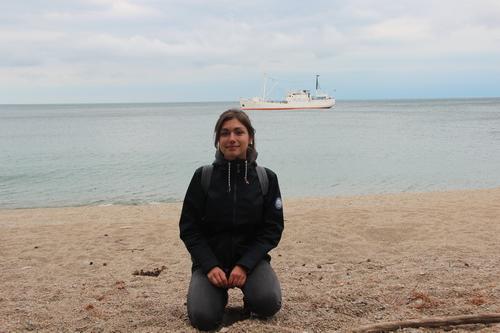
Anastasia Pirogova
First of all I want to thank organizers of the expedition for such a brilliant idea. There were a lot of opportunities to admire beautiful areas. Most of all I liked the Ol’hon island and it's «gates» where we hided from the storm. All the rest time we were surrounded by amazing fresh water pool. The main reason of a great atmosphere on a board was people. Thank you all, I hope to see you soon.

Albert Grigoriev
It was my first expedition to the Baikal lake on a such a big boat. We were researching the lake with help of seismoacoustic methods, so we were towing seismoacoustic streamer. Air-gun was used as a source.
I can say that the expedition was successful, the company was very friendly and dedicated. I like it very much and I hope to return.
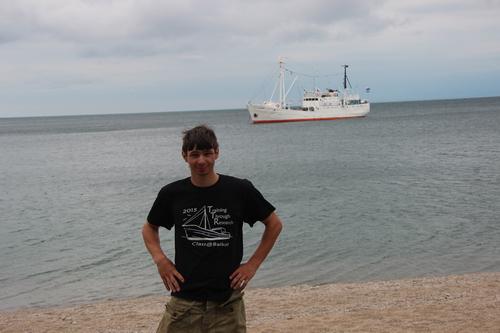
Dmitry Tokmachev
This is my first expedition. Our team made geophysical surveying for the further geological work. We use our own equipment:
1) Apparatus “Ryba (“Fish” in Russian)”, which is towed above the bottom. It includes side scan sonar (SSS) and profiler with help of which we can get information about bottom.
2) Profiler Knutsen - it is mounted on a board and allows scanning bottom profile from the surface with a high speed of the boat motion.
I enjoyed variegated and absorbing work, united team and comfortable conditions onboard the “Vereshchagin”. The work was carried out according to the plan with respect to the changeable weather and the Baikal water conditions; the group overcame all the difficulties.
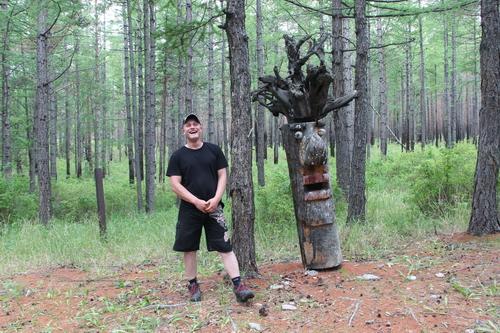
Dmitry Chenskiy
This was my forth expedition on the «Vereshchagin» and the atmosphere was very harmonious as usual. During this trip our group was doing geophysical survey with two instruments. The profiler is fixed to the boat with pillar and has frequency linear modulated signal. The second instrument can be towed, we call it «ryba», it includes profiler and SSS. All the problems during the trip were solved with help of all the group.
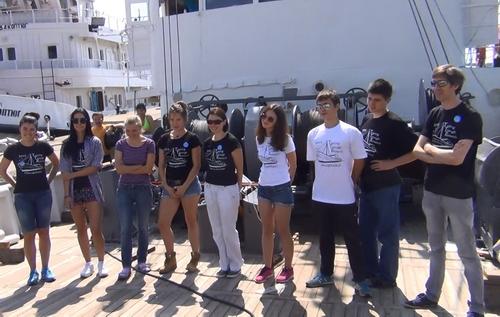
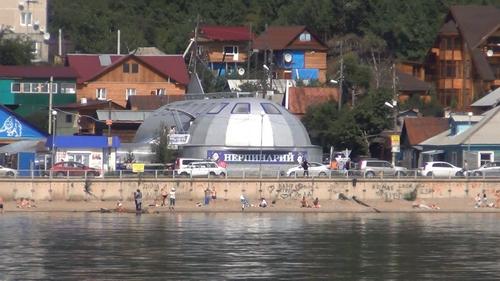
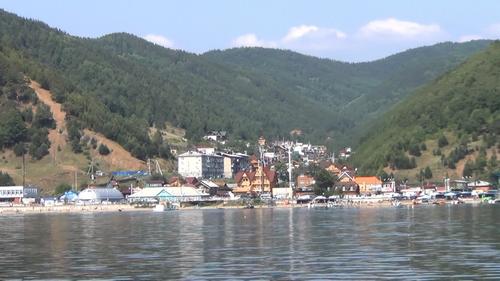
The scientific party changed at noon, the geophysicists were replaced by geologists. Like any exchange, it was accompanied with active preparation to the further journey.

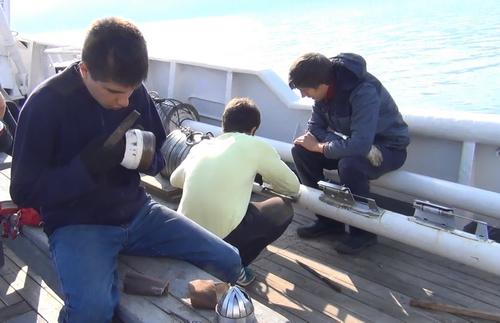
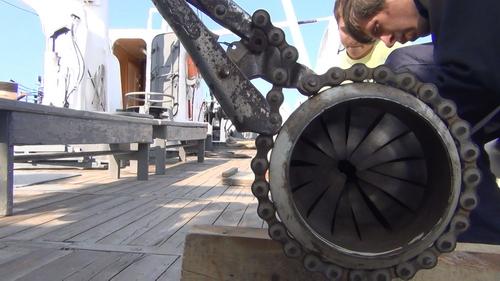
The work began the same day. Despite the end of geophysical part, some equipment left onboard. Now sampling will be accompanied with profiler lines, which allows to get detail information about the bottom sediments (to the depth of 50-70 m). The method permits better control of bottom sampling with gravity core.
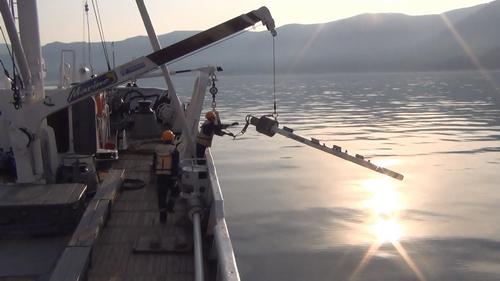
With monotone «croak» of profiler the first gravity core reached the bottom and sampled about 3 metres of sediments (this is called the recovery).
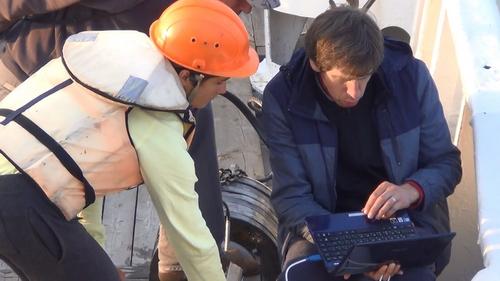
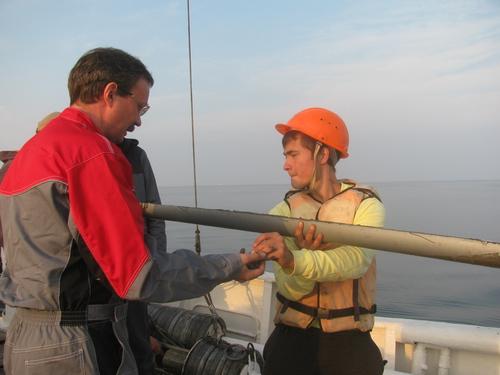
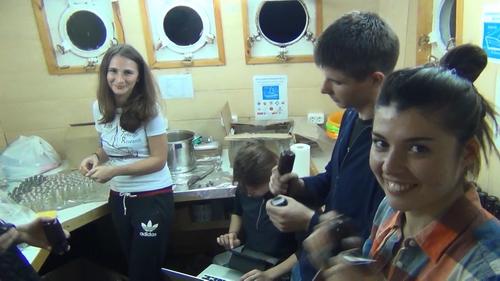


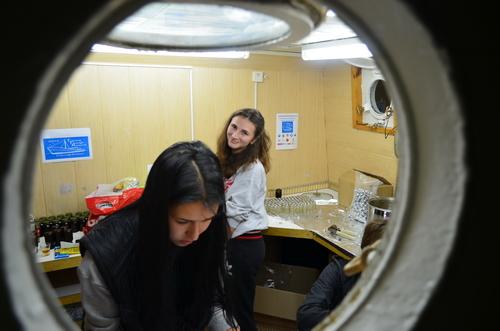
Geologists began to study the core immediately, made gas sampling, measured the temperature and heat flow and also described lithological composition.
This is the outset of the second part of expedition!
